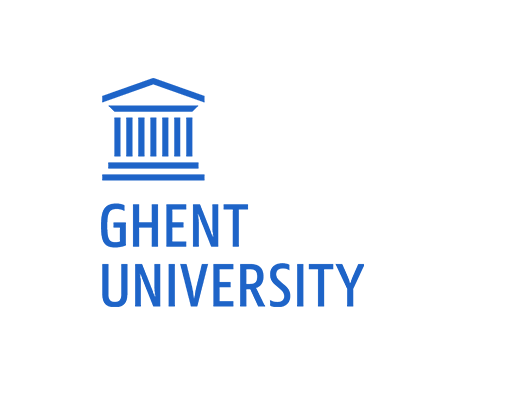History and Dramatic Imagination in Ahmed Yerima's Attahiru
- Rasheedah Liman (Ahmadu Bella University Zaria, Nigeria)
Abstract
The thematic concerns of some dramatic creations among postcolonial African playwrights often bear witness to moments of ideological encounter between the colonizer and the colonized. The dramatic space also serves as an avenue where the encounter is revisited, reassessed, or challenged. In this way, Attahiru, a play by Ahmed Yerima introduces a new perspective that insists on the presentation of a version of history that is different from the dominant position of colonial power. On the one hand, colonial accounts portrayed Sultan Attahiru, the Sultan of the Sokoto Caliphate during the late 19th century, as an element of destabilization and a threat to the power and order established by the British colonialists, particularly in the northern protectorate. On the other hand, through narrative technique, Ahmed Yerima illustrates political resistance and the discourses of tradition and modernity, conflicts of religion and culture and the question of identity and power. The historical figure Attahiru is revived as a resistance fighter, a religious figure, a revolutionary leader who is sensitive to power and the demands of his people. However, the major problem arising from a comparison between the historical figure of Attahiru and the dramatic character remains that of the credibility of their representations. The question then is, can narrative technique in a dramatic text give credence to a dramatic character, represented in the synchronic present over the historic one that is constructed by a method aspiring to be objective and rigorous? This paper attempts to answer this question through the textual analysis of the play text against the backdrop of various historical accounts.
KEYWORDS: AHMED YERIMA, DRAMA, SOKOTO CALIPHATE, HISTORY, MEMORY
How to Cite:
Liman, R., (2019) “History and Dramatic Imagination in Ahmed Yerima's Attahiru”, Afrika Focus 32(1). doi: https://doi.org/10.21825/af.v32i1.11790
Downloads:
Download pdf
View PDF
